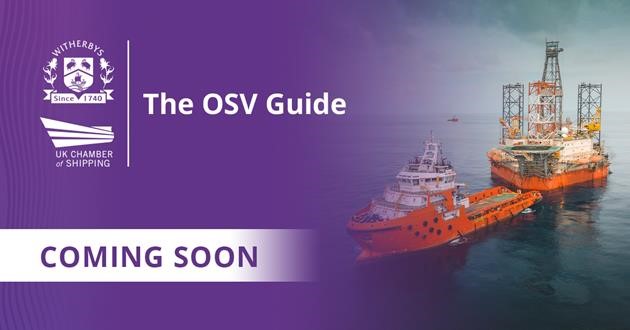This publication is a guide to the operation and management of offshore support vessels (OSVs). The Guide describes the differences between the offshore industry and conventional marine activity, covering areas such as towing procedures and environmental regulatory compliance. It is designed to be a valuable aid to learning and a useful reference source, particularly when complemented by other training resources.
The Guide provides a comprehensive overview of the global offshore sector, and is intended to fulfil any requirement by professionals, either on board ship or ashore, who want to know about the operation of offshore vessels in terms of their capabilities and the regulatory framework within which they operate.
The book has been divided into five major sections. It begins with an overview of the offshore sector that describes its vessels, their onboard systems, offshore installations, and the cargoes that are likely to be carried. Sections on offshore activities and seamanship detail the variety of activities undertaken by vessels engaged in offshore oil operations and how they are conducted, including new guidance on offshore wind farms. Of particular interest to Masters is the practical guidance on operations such as maintaining station close to offshore installations.
In addition to the technical development of the vessels, the Guide describes how the regulatory framework specifically applies to the offshore sector in terms of supporting and assisting with operations. The Guide also contains a section on accidents, emergences, and checklists, with practical advice on how to avoid incidents. This is an important section to be studied by Masters, because regardless of who else is involved in the management of their vessel, ultimate responsibility lies with them.
Authors: Witherbys and UK Chamber of Shipping.

